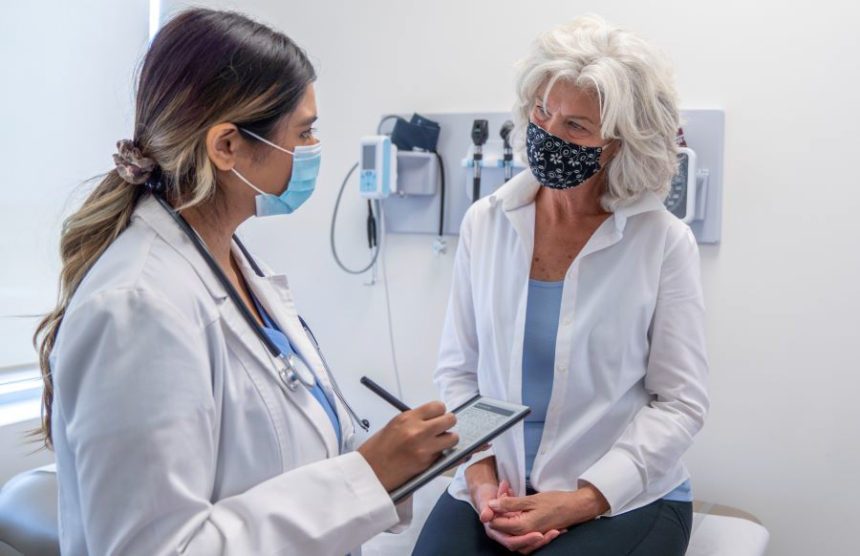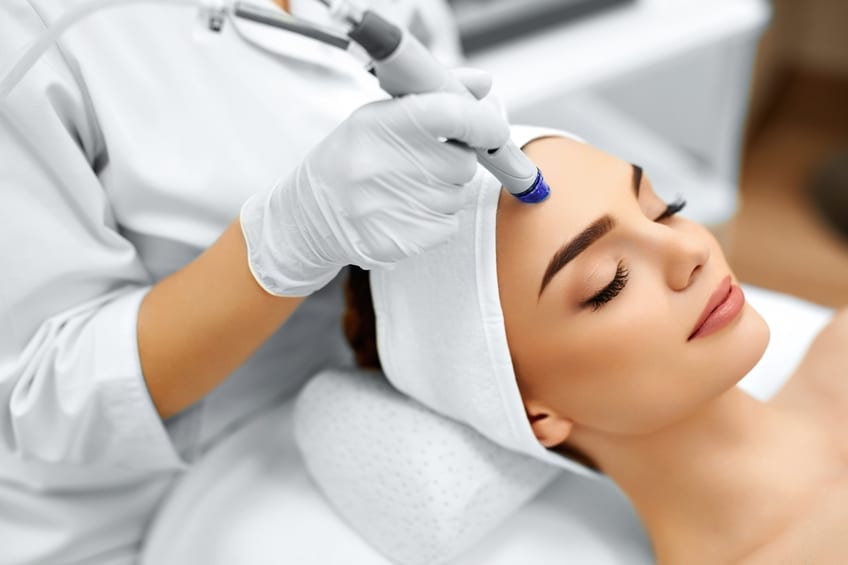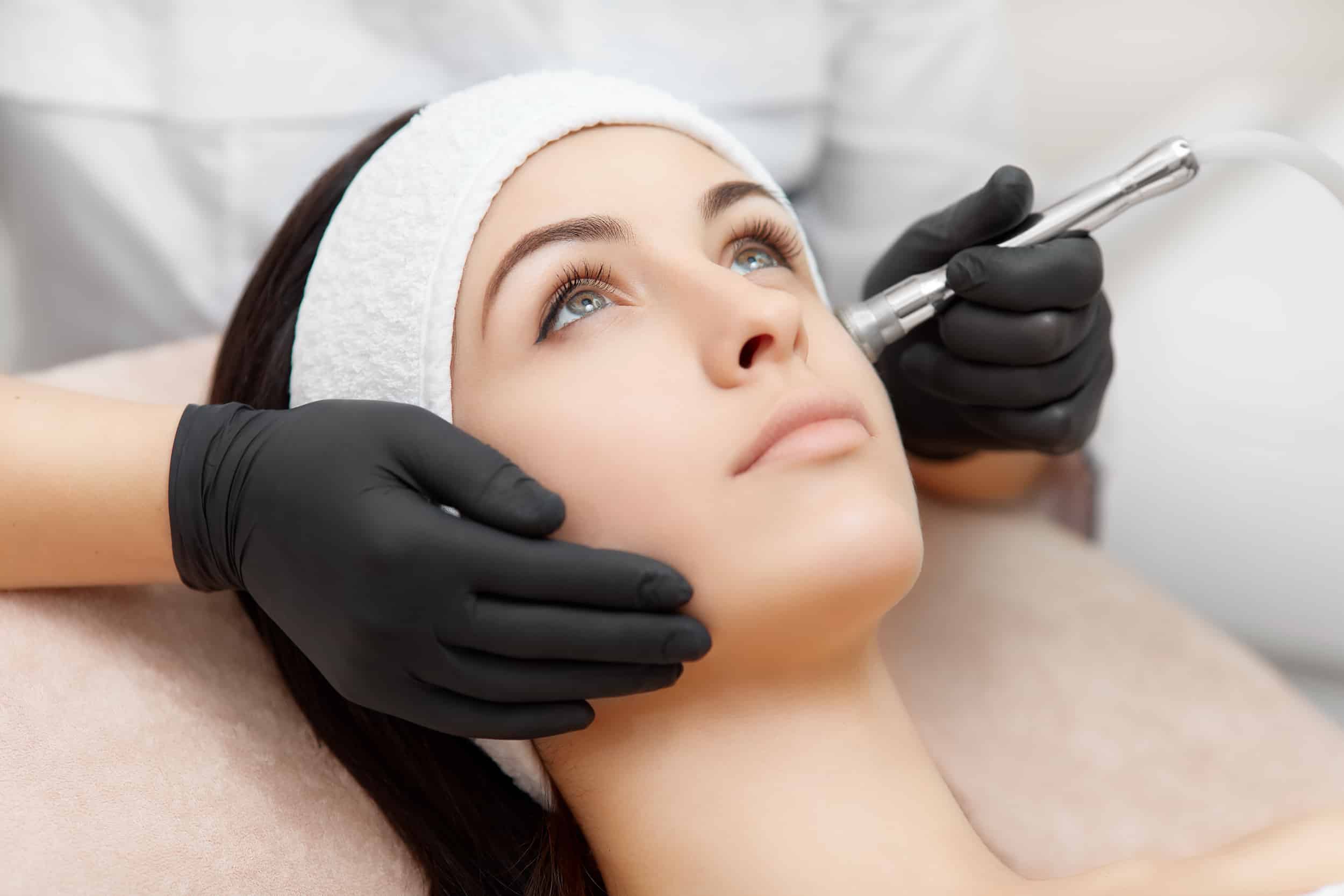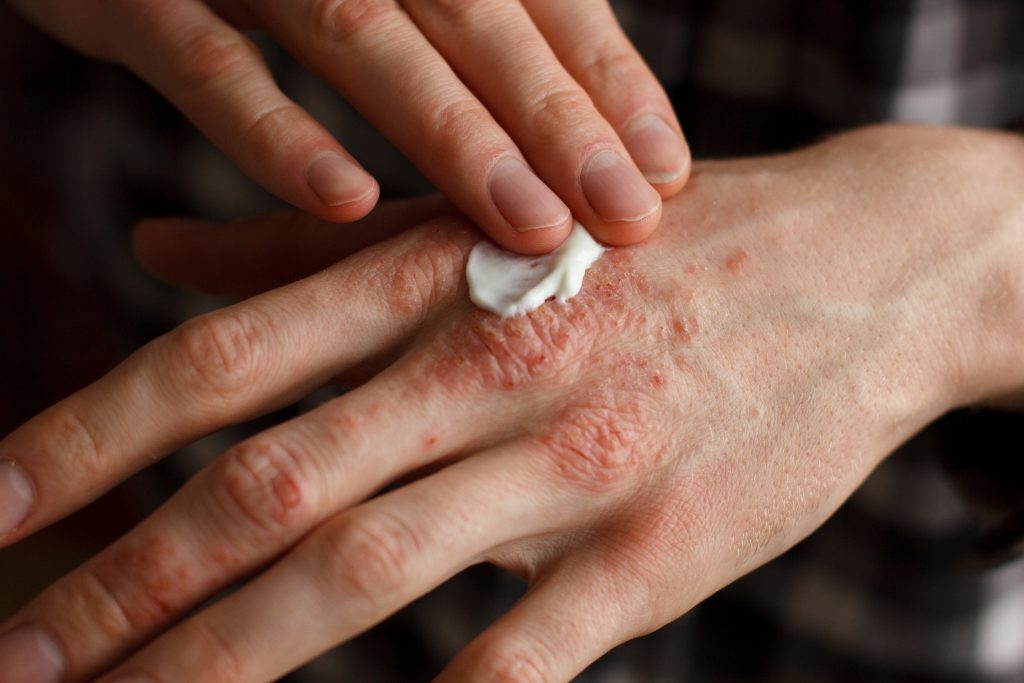
Direct Primary Care (DPC) is a healthcare model that is gaining popularity due to its affordability and personalized approach to patient care. In a DPC practice, patients pay a monthly or annual fee directly to their primary care provider in exchange for a defined set of services. This model eliminates the need for insurance companies and allows for a stronger doctor-patient relationship. Let's explore the benefits of Direct Primary Care in more detail.
Affordability
One of the key advantages of Direct Primary Care is its affordability. By cutting out the middleman (insurance companies), DPC practices are able to offer more affordable healthcare services to patients. Instead of paying high insurance premiums, patients pay a flat monthly or annual fee directly to their primary care provider. This fee covers a set of comprehensive services, including office visits, preventive care, chronic disease management, and in some cases, even basic lab tests and procedures.
Benefits of affordability in DPC:
- Cost-effective alternative to traditional health insurance
- Transparent pricing with no surprise bills
- Lower overall healthcare costs for individuals and families
Personalized Care
Direct Primary Care focuses on building strong doctor-patient relationships and providing personalized care to each individual. With a smaller patient panel, DPC providers are able to spend more time with each patient during office visits, leading to more comprehensive and personalized care. This personalized approach allows for better communication, improved outcomes, and a higher level of patient satisfaction.
Benefits of personalized care in DPC:
- Extended appointment times for thorough evaluations
- Individualized treatment plans tailored to each patient's needs
- Enhanced access to care with same-day or next-day appointments
Accessibility
Another benefit of Direct Primary Care is increased accessibility to healthcare services. DPC practices often offer extended hours, telemedicine visits, and 24/7 access to a healthcare provider. This means that patients can easily reach their primary care provider for urgent issues, follow-up care, or general health concerns without having to wait for days or weeks for an appointment.
Benefits of accessibility in DPC:
- Convenient access to care for busy individuals and families
- Reduced wait times for appointments and referrals
- Virtual visits for minor health concerns or follow-up care








